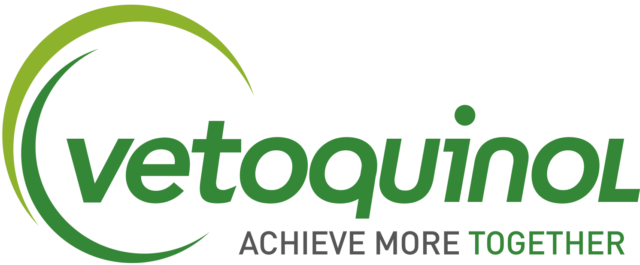What a pleasure I had attending the Western Canadian Dairy Seminar in Red Deer, Alberta, this spring. While there was still plenty of snow and freezing temperatures, the great company and brewing coffee kept a soul warm.
Before the seminars started, I skated around a few dairy farms with other interested parties in our plastic biosecurity boots. During the preconference tours, we visited Chubanna Holsteins, Roneamer Farms Ltd. and Dykman Farms Ltd. Each farm was doing something unique.
Andrew and Anna Wildeboer of Chubanna Holsteins in Lacombe, Alberta, built a new barn for their 60-cow herd complete with a robotic milker and the option for cows to use freestalls or bedding pack. Not knowing what to expect from his bedding pack herd, Andrew found most of his cows did prefer the freestalls.
Ryan Ronald and his father, Neale, of Roneamer Farms Ltd., northeast of Ponoka, Alberta, also showcased their new facilities, including a double-12 parlour and freestall and bedded pack barn. They bring their 135 cows to the parlour at once, three times a day, and then an automatic sort gate at the end of the return alley helps the cows back to their appropriate pen.
Heifers and a few stray cull cows find a home at Dykman Farms, Ltd. in Ponoka. Owner Collin Dykman buys and sells heifers and also does some custom raising for another dairyman.
The seminars themselves had a phenomenal line-up of speakers. Ten came from Canada, 14 from the U.S. (a couple of which were originally from Canada) and one from the United Kingdom. Each of them shared the projects they have been working on and many offered even more food for thought.
Speaking of food, the conference began with a look at consumer issues and the needed education on both sides of the fence in relation to food safety and confidence.
Bruce German of University of California – Davis stated there is a need to emphasize the quality of milk. Adam Lock of Michigan State University added, “There is an overall survival advantage from the consumption of dairy products.”
The environment was another hot topic as Jude Capper of Washington State University shared some fascinating research on dairy’s carbon footprint. Katherine Knowlton of Virginia Tech suggested the dairy industry meet regulators halfway on environmental issues as a way for both parties to benefit.
The conference concluded with strategies to improve a farm’s bottom line. From reproduction and Johne’s disease to biosecurity and forage quality, speakers shared how a lack of attention in these areas could result in a lack of dollars.
Carlos Risco of the University of Florida stated only 60 percent of cows are healthy during the first 60 days in milk. Diseases here, including mastitis, can affect the cow’s ability to be bred back. He recommended establishing farm protocols for monitoring cow health during this time.
Gerald Ollis discussed the voluntary Johne’s Disease Initiative and encouraged producers to sign up to have a risk assessment completed on their dairy. From the assessment, no more than three best management practices will be provided as stepping-stones in better Johne’s prevention and control.
In her presentation, Edith Charbonneau of Université Laval shared how better-quality forage can result in 10 percent lower feed cost and the ability to produce the same amount of milk with fewer cows.
This, like many other meetings across Canada this winter, provided some great take-home tips. As meeting season winds down and the cropping and showing seasons begin, I wish you all the best of luck in putting into practice the knowledge gathered these past few months. PD
 |
|
|
Karen Lee |








